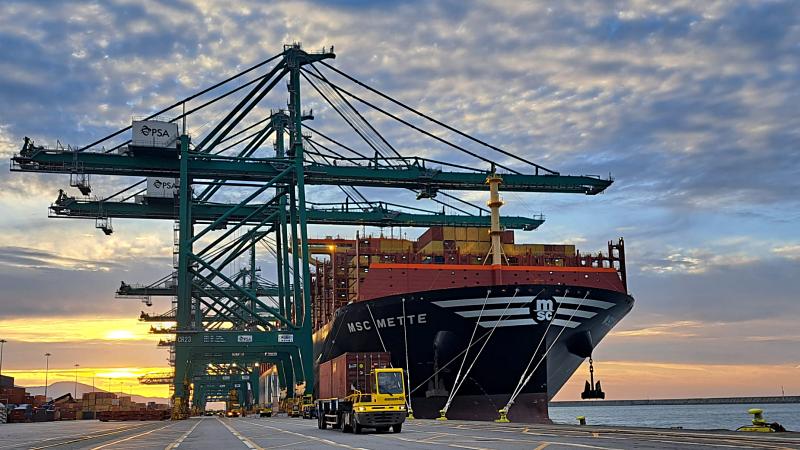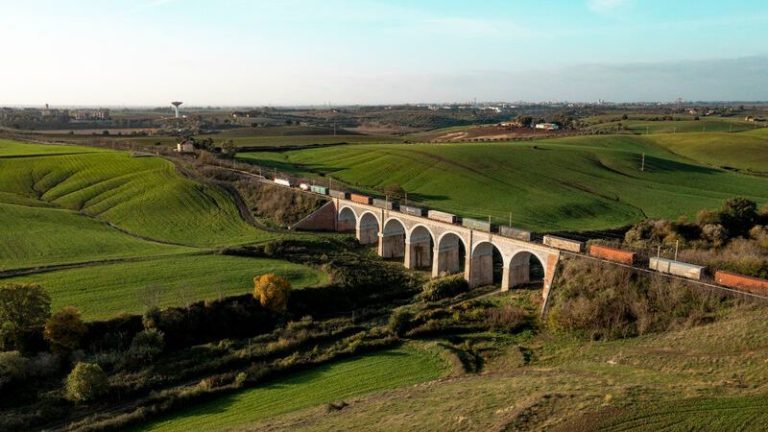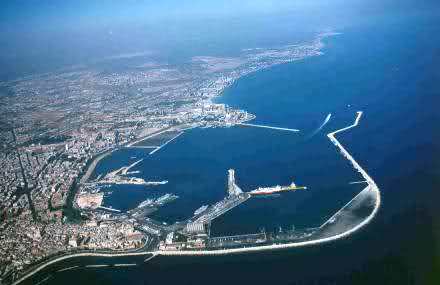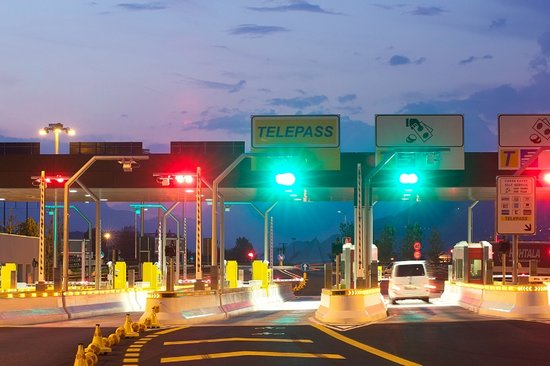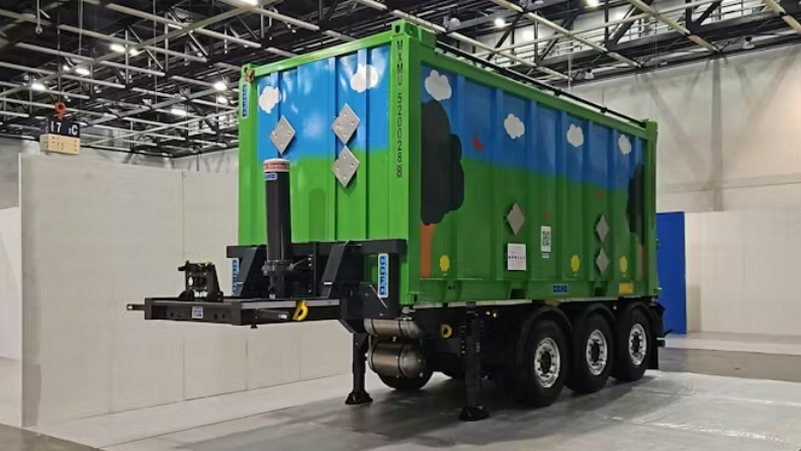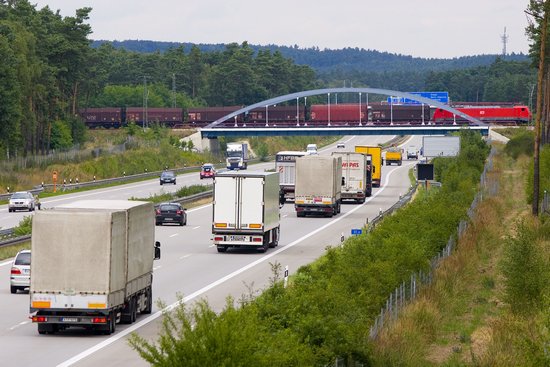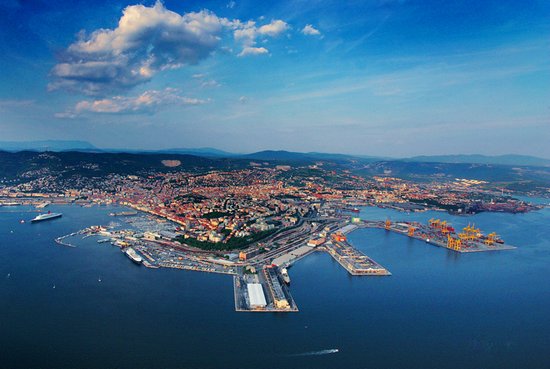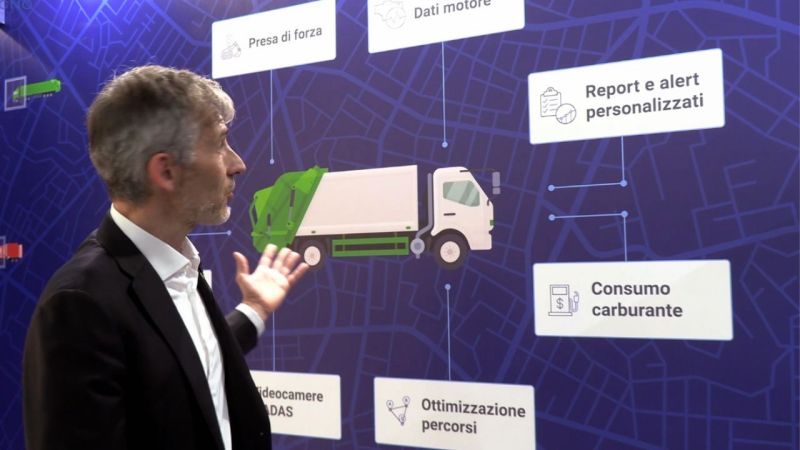Frankly, this is not about inventing something new but rather about more or less faithfully copying, with inevitable updates, a model of operation that was once a daily practice in railways: the delivery of standard parcels not on freight cars with cargo service but on regular passenger trains equipped with luggage vans or dedicated spaces.
This practice was widespread across all railway administrations but was later deemed uneconomical and particularly problematic from a management perspective and thus abandoned. However, there is now a resurgence of interest in transporting parcels on passenger trains, albeit in a revised and updated formula in light of new technologies. Some experiences are already underway, as in the United Kingdom, while other countries like the Netherlands are preparing studies and operational models.
In Great Britain, leveraging unused capacity on regular passenger services is the business model of Intercity Railfreight (Icrf), a company founded in 2009 with the aim of transporting high-value products using fast rail services. Over time, this formula has been developed, and in the last two years, significant resources have been invested, involving up to eight passenger rail companies with numerous hourly departures covering the entire British national network. The real breakthrough that finally launched the service came in 2020, following the Covid-19 pandemic, with the need to transport medical products and devices quickly and, above all, safely, minimizing human contact along the entire logistics chain—a need that favored the railway.
Now, in the Netherlands, operational studies on combined passenger and freight rail transport have been initiated. Commissioned by the Dutch Ministry of Infrastructure, the study was conducted by the Delft University of Technology (TU Delft), the Dutch Organization for Applied Scientific Research (Tno), and the engineering company Royal Haskoning DHV.
The railways aim to make the best use of transport capacity by optimizing the space available during off-peak hours. However, it's one thing to address the theoretical discourse on the residual capacity of trains, and another to set up an operational service with all the ensuing organizational and logistical aspects. For this reason, the service, now in the development phase, as can already be deduced from the acronym that distinguishes it, TurboPlan 2030, might not be introduced before that year.
The study suggests using roll containers to speed up loading and unloading operations, as traditional handling of parcels would be impractical. It is estimated that up to twenty of these units could be loaded on trolleys in the larger trains, but the available time at stations during passenger train stops is somewhat limited, and the Dutch study does not resolve this issue, merely noting that the time "must be taken into consideration". Likewise, other elements that once characterized the railway, such as platforms and gangways, now virtually disappeared in the majority of terminals, need to be evaluated.
Piermario Curti Sacchi


